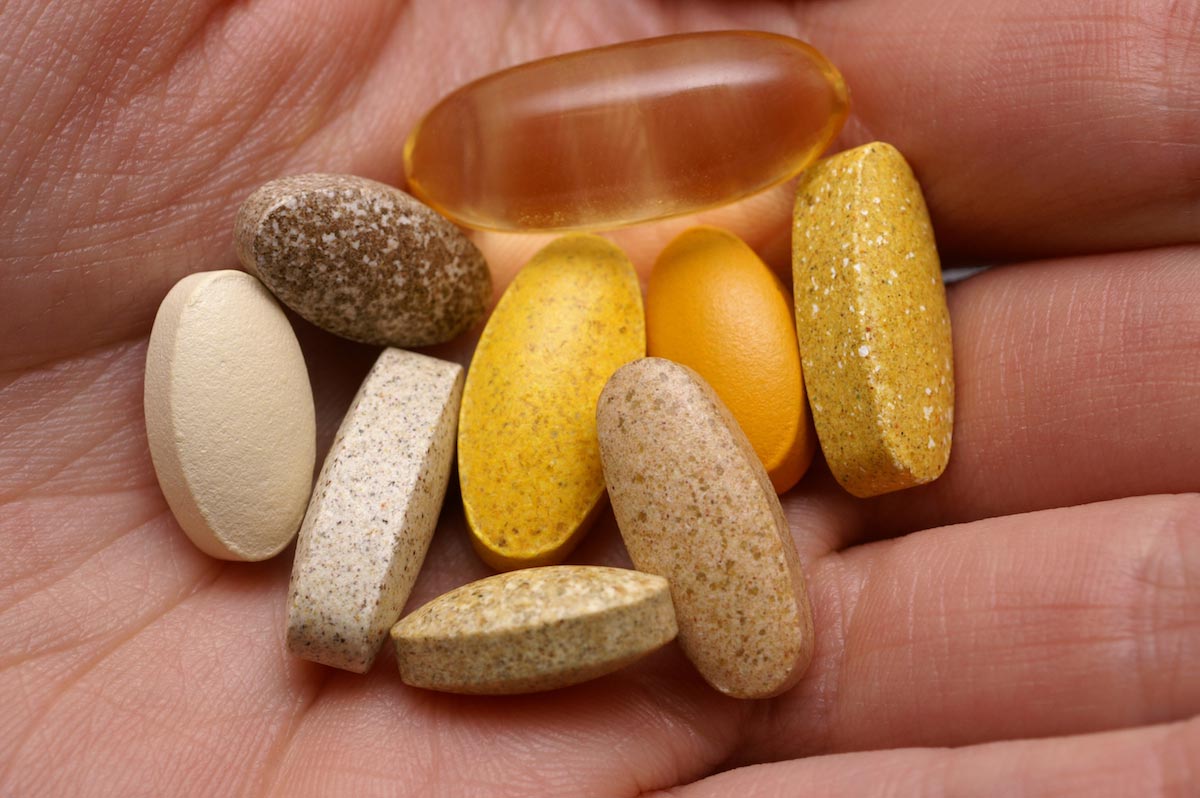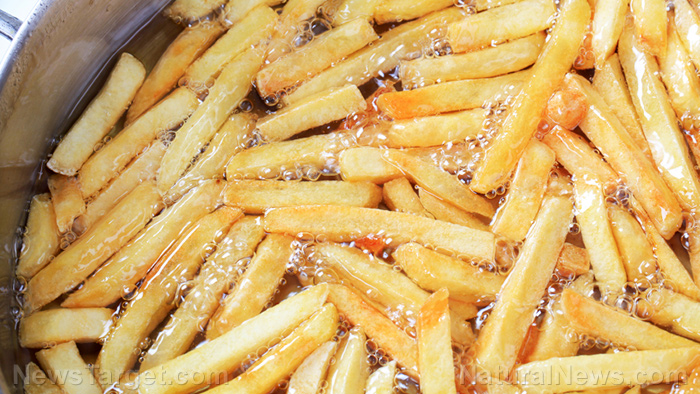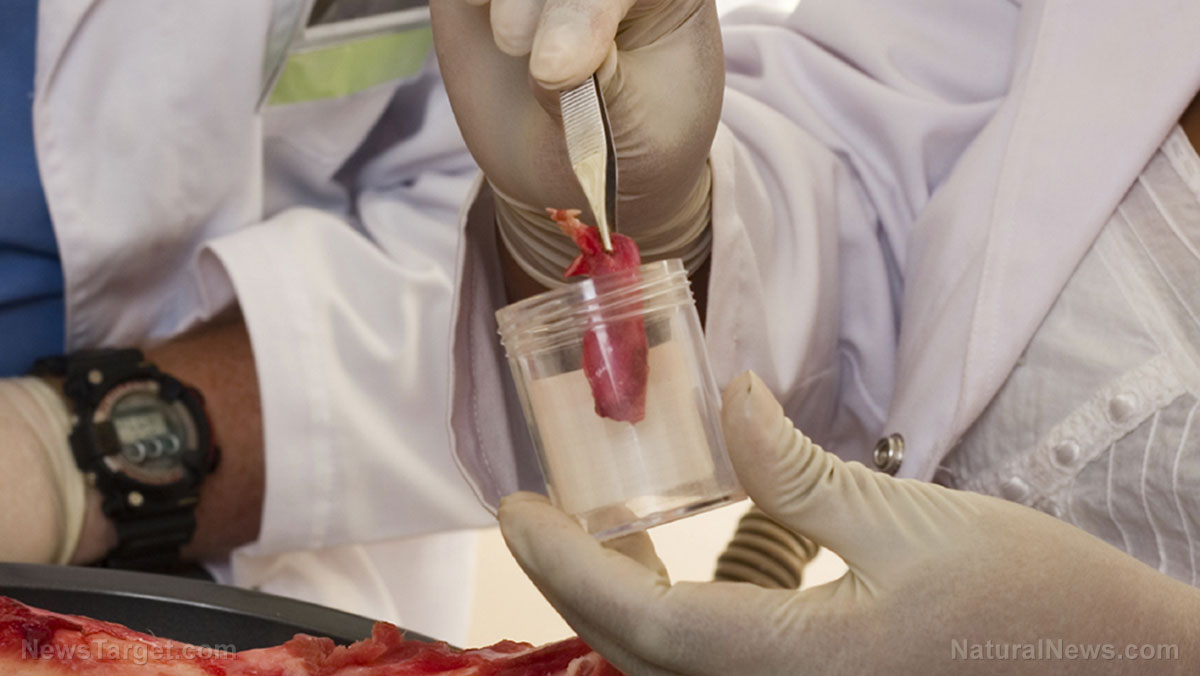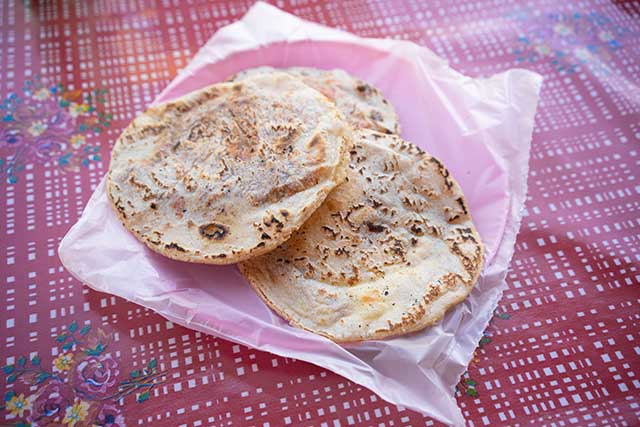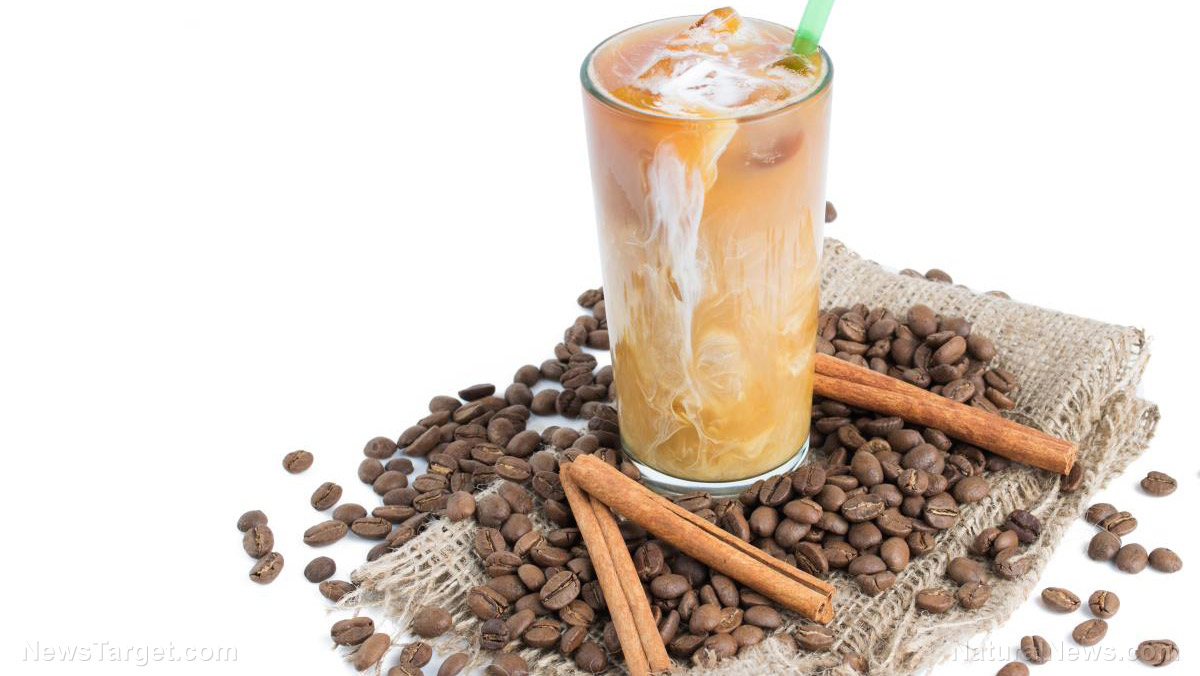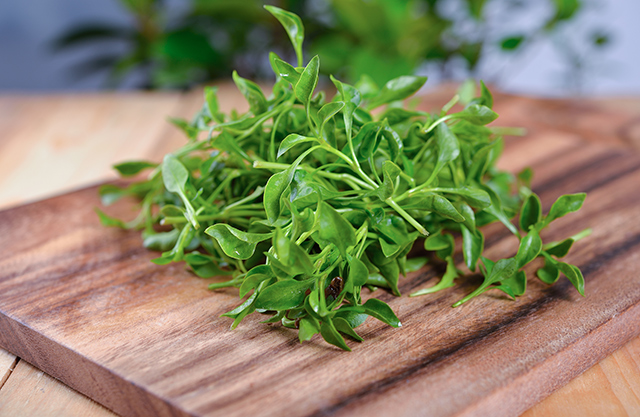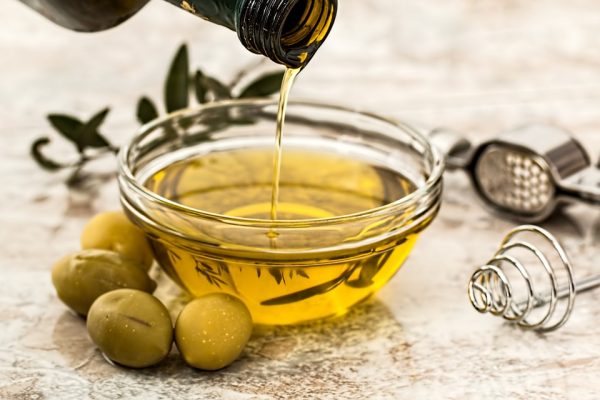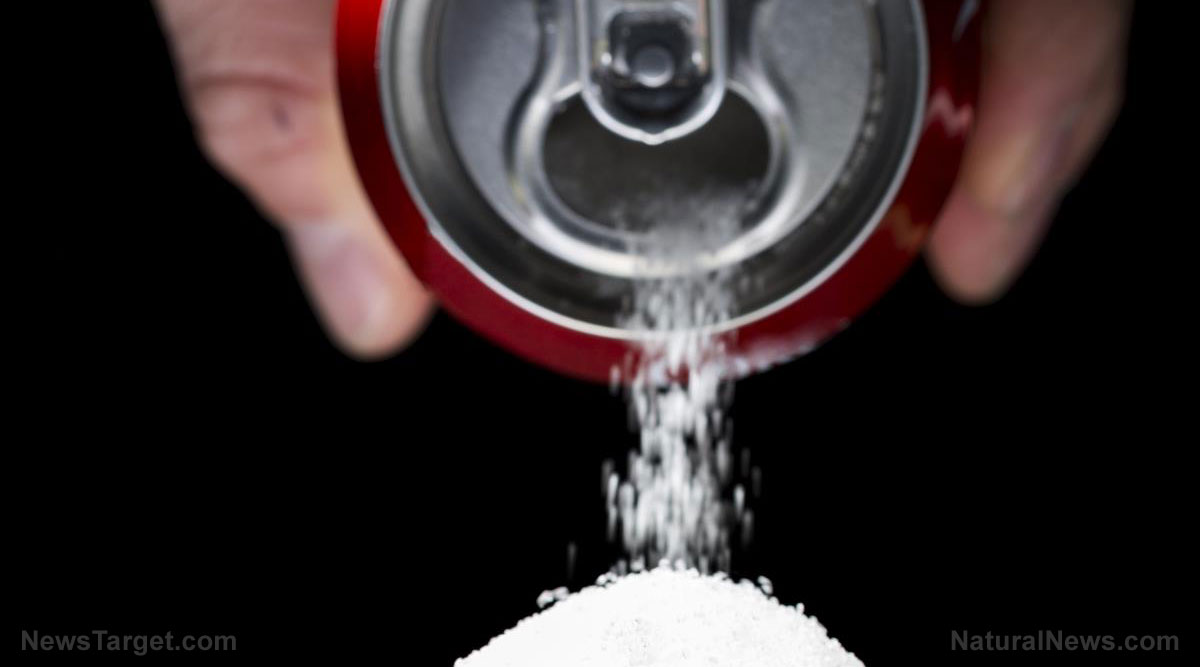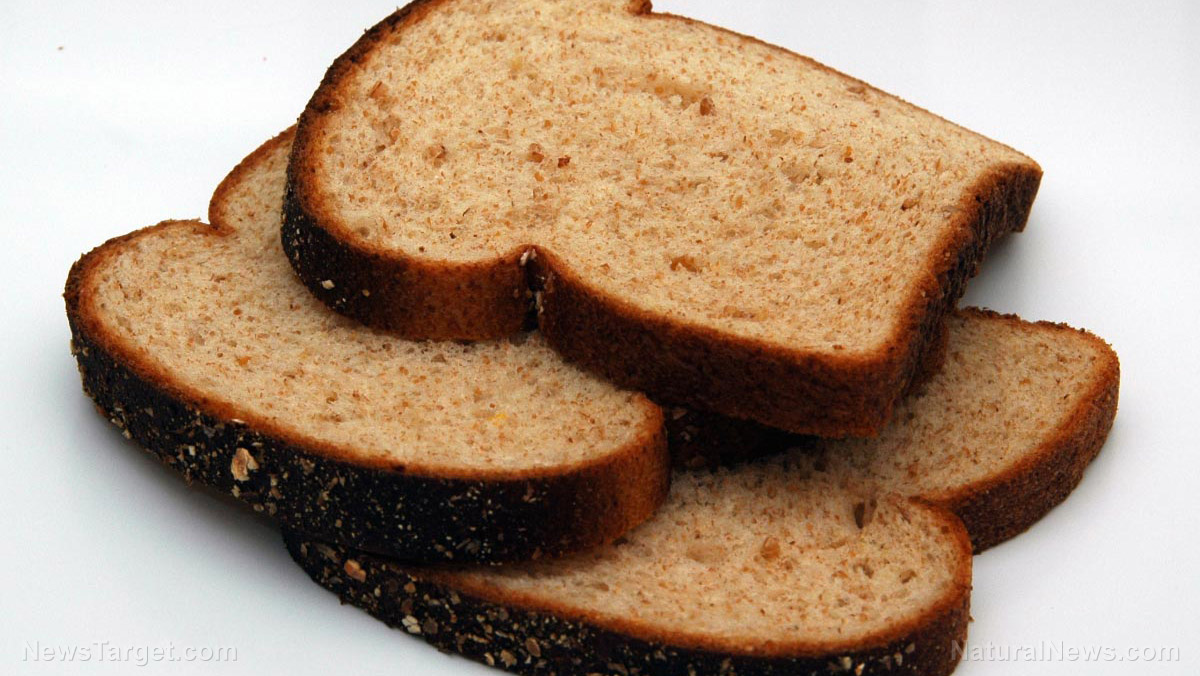Japan just banned 19 ingredients found in antibacterial soap
12/06/2016 / By ingredientsnews

Just a few weeks ago, The U.S. Food and Drug Administration (FDA) issued a rule banning the use of triclosan, triclocarban and 17 other chemicals commonly found in over-the-counter antibacterial hand and body washes. Companies are given one year to take these ingredients out of their products or remove them from the market.
The decision was made after manufacturers failed to prove that these ingredients are safe for long-term daily use. Furthermore, they could not present enough evidence that these antibacterial soaps are more effective than regular soap.
“There’s no data demonstrating that over-the-counter antibacterial soaps are better at preventing illness than washing with plain soap and water,” the FDA said in a press release.
Following the FDA’s decision, the Japanese Ministry of Health, Labour and Welfare has announced that it already put the rule in motion and will eliminate 19 ingredients from antibacterial or antiseptic hand washes, shower gels, and facial cleansers.
Is your hand wash toxic?
Some manufacturers already started phasing out these toxic ingredients after the FDA issued a proposed rule in 2013. The rule required companies to provide safety and efficacy data from manufacturers and consumers if they wanted to continue marketing antibacterial products containing one of the ingredients in question.
Here’s the full list of the 19 ingredients banned by the FDA:
- Cloflucarban
- Fluorosalan
- Hexachlorophene
- Hexylresorcinol
- Iodine complex (ammonium ether sulfate and polyoxyethylene sorbitan monolaurate)
- Iodine complex (phosphate ester of alkylaryloxy polyethylene glycol)
- Nonylphenoxypoly (ethyleneoxy) ethanoliodine
- Poloxamer-iodine complex
- Povidone-iodine 5 to 10 percent
- Undecoylium chloride iodine complex
- Methylbenzethonium chloride
- Phenol (greater than 1.5 percent)
- Phenol (less than 1.5 percent) 16
- Secondary amyltricresols
- Sodium oxychlorosene
- Tribromsalan
- Triclocarban
- Triclosan
- Triple dye
Theresa Michele, director of the FDA’s Division of Nonprescription Drug Products, said that if the product makes an antibacterial claim, you can almost be certain that it contains one of the ingredients from the list.
Today, a lot of liquid soaps, among other cosmetic products, that are labeled antibacterial contain triclosan to prevent bacterial growth. Research has shown that triclosan may alter the function of certain hormones. Furthermore, some laboratory studies suggest that triclosan contributes to making bacteria resistant to antibiotics.
The health dangers of triclosan have been well documented in the news over the recent years. Therefore many companies have replaced triclosan with one of three other chemicals — benzalkonium chloride, benzethonium chloride or chloroxylenol (PCMX) – which are not on the list.
Are these a safer alternative? Time will tell. The FDA has given companies another year to produce more data on their safety and effectiveness. If they fail to provide the information, products containing these chemicals may face a ban too.
Smart move from Japan
While the FDA has given all companies one year to remove these substances from their products, Japan announced more immediate actions and will be banning all consumer products containing one of these 19 ingredients from its production lines and shelves.
Cosmetics Design Asia, called it a smart move. The sooner they get rid of these tainted products, the faster they can start to market new products and make sales. For a country like Japan that has experienced slow growth recently, it is a great economic opportunity to improve consumer appeal and attract new clients from the growing natural and organic consumer sector that stands for safe and chemical-free cosmetics and beauty products.
Sources for this article include:
CosmeticsDesign-Asia.com
NPR.org
FDA.gov
Amazonaws.com[PDF]
Tagged Under: antibacterial, Japan, soap



